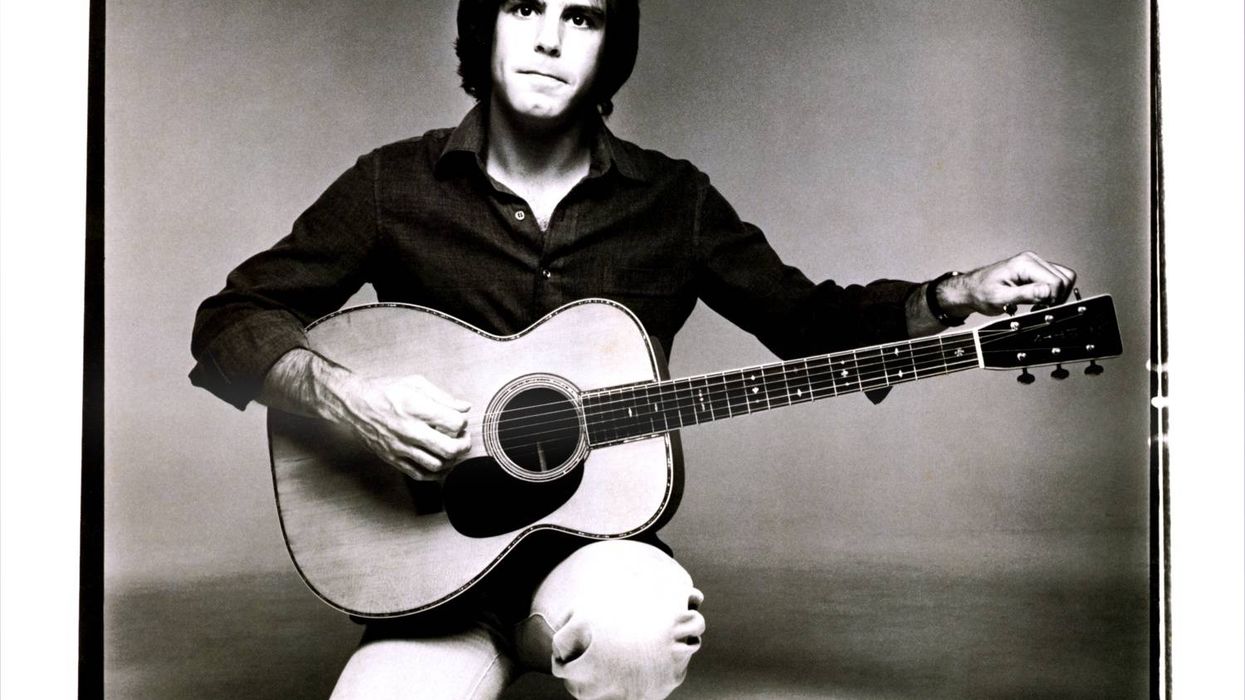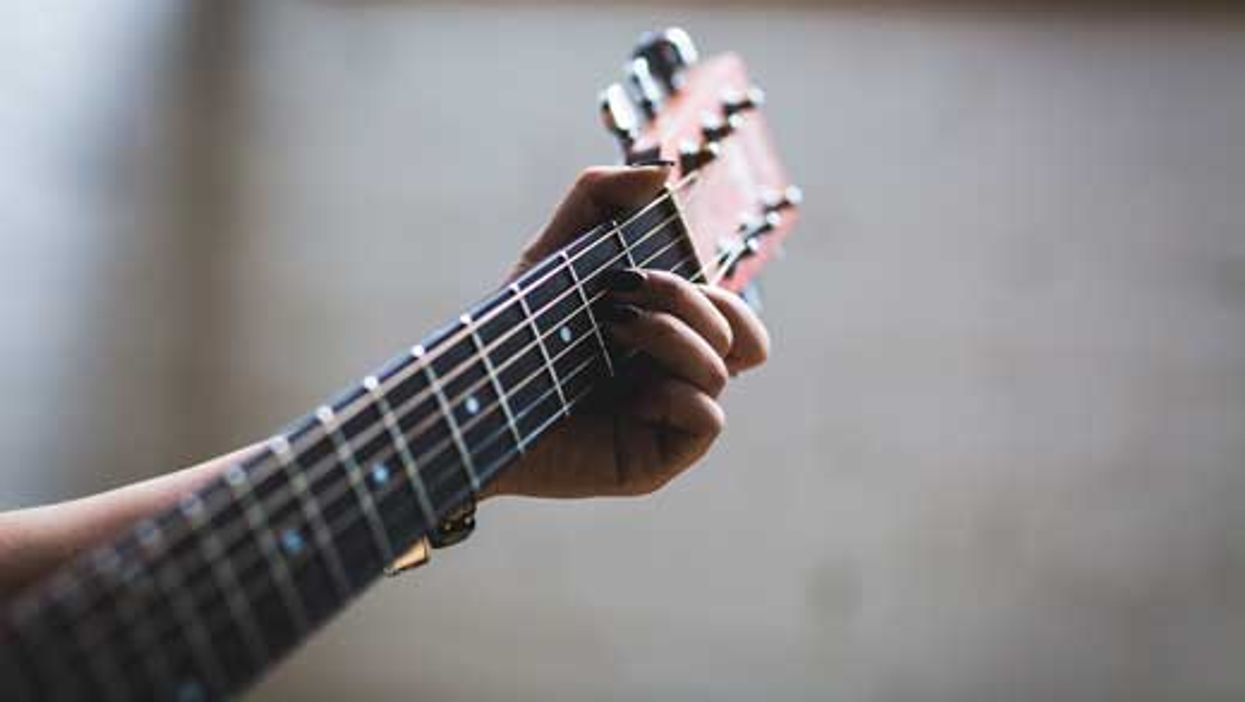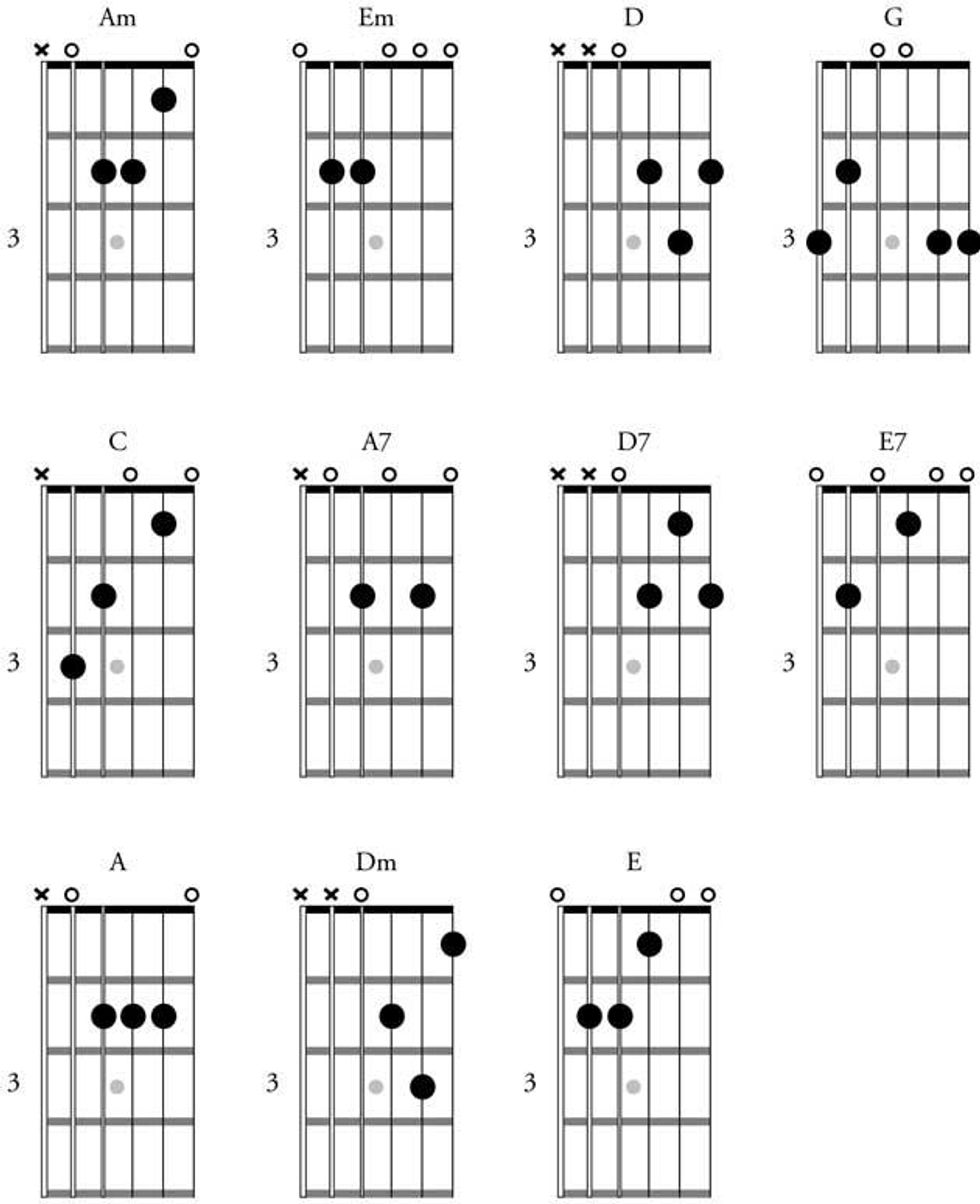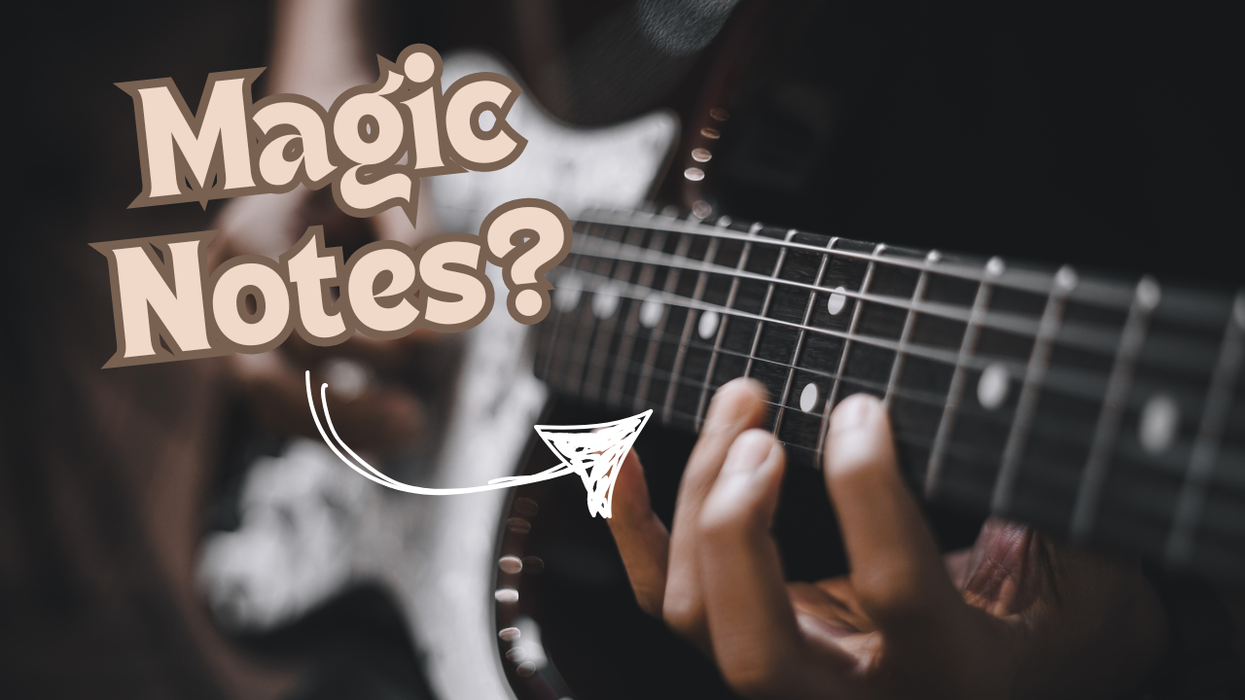Chops: Intermediate
Theory: Intermediate
Lesson Overview:
• Use IIm–V7 progressions to add interest to a blues progression.
• Combine the blues scale with Mixolydian and Dorian to create swinging phrases.
• Increase your rhythmic awareness by using triplets and syncopation.
Click here to download a printable PDF of this lesson's notation.
A big part of the bebop spirit was learning how to navigate through seemingly unrelated chords at speedy tempos. Saxophonist Charlie “Bird” Parker was a pioneer in the bebop movement and he combined his love of the burgeoning style with a deep appreciation for the blues. It’s easy to look at bebop in 2017 and think of it as a complicated and overly intellectual genre, but adding in a blues sensibility can make the changes a bit more approachable.
When looking at a traditional I–IV–V blues, there’s not all that much harmonic information to outline, so bop players like Parker would add chord substitutions. His composition “Blues for Alice” is an example of what’s become known as “Bird Blues.” The changes Parker used on this tune of become so accepted that other composers have written contrafacts—a different melody written on the same changes.
To fully digest these changes, it makes sense to examine the progression in small chunks and see how it relates to the traditional blues form. First, let’s look at the “Bird” changes below. (Remember, in jazz circles a triangle means a major 7 chord and a dash means minor 7 chord.)
When looking at a traditional 12-bar blues in F, the first four measures are usually an F7 (I) moving to a Bb7 (IV) in measure 5. In this version, Parker works backwards from the IV chord with a series of IIm-V7 moves that descend in whole-steps. Measures 4 and 3 are “major” IIm–V7s, but the second measure uses a “minor” version with a half-diminished chord for the IIm. Finally, Parker changed the chord in the first measure from a dominant 7 to a major 7 to place us squarely in the key of F. (It also helps with voice-leading across the first four measures.)
YouTube It
Saxophonist Charlie “Bird” Parker was the figurehead of the bebop era. Listen to his relaxed, swinging take on “Blues for Alice,” which is one of his most popular compositions.
Ex. 1 demonstrates one way to navigate the first four measures. Let’s break that down a bit. I stick entirely within the F major scale (F–G–A–Bb–C–D–E) for the first measure. Easy enough. In the second measure, for the sake of simplicity, I am just implying A7 through both chords. The first two beats outline A7 (A–C#–E–G) and the remaining notes are plucked from the A Super Locrian scale (A–Bb–C–Db–Eb–F–G).
Click here for Ex. 1
I’m using a similar concept in Ex. 2, working with the F major scale in the first measure and thinking A7 in the second. I’m using the D melodic minor scale (D–E–F–G–A–B–C#) over the third measure while targeting the 3 of Cm7 (Eb) on the downbeat of the fourth measure. To create an altered sound over the F7b9, I use a Gbdim7 arpeggio (Gb–A–C–Eb) to nail the b9 (Gb).
Click here for Ex. 2
This next example (Ex. 3) takes cues from great piano players so it requires some quick position shifting. The first shift happens in the first measure, where we move from 5th position up to 8th on the “and” of beat 2. In the second measure, we imply an A7b9 sound using a Bbdim7 (Bb–C–E–G) arpeggio that touches on the #9 (C) and b9 (Bb).
In the second and third measures of this example, we’re basically using the same concept. Because D Dorian (D–E–F–G–A–B–C) and G Mixolydian (G–A–B–C–D–E–F) contain the same notes, we’re simply adding some chromatic passing tones that help the chord tones line up on strong beats. Move the whole concept down a whole-step (to C Dorian/F Mixolydian) for the next measure.
Click here for Ex. 3
The next section of a blues in F might look something like: Bb7–Bb7–F7–F7. Or, if you think of a traditional jazz-blues progression, it might be Bb7–Bdim7–F7–D7. Looking ahead, Parker wanted to target the Gm7 in measure 9. What’s the best way to lead into that chord? Simply add a IIm–V before it. Parker used backcycling to create a series of descending IIm-V7 progressions that connect the Bb7 in measure 5 to the Gm7 in measure 9. Rather ingenious, huh?
While these chords are easy enough to play with basic chord forms, it’s much trickier to solo through them in an authentic way.
Ex. 4 uses the Bb Mixolydian scale (Bb–C–D–Eb–F–G–Ab) over the Bb7 before moving to Eb Mixolydian (Eb–F–G–Ab–Bb–C–Db) for Bm7–Eb7. In the third measure, we move to A minor pentatonic (A–C–D–E–G) before coasting through an Abm7 arpeggio (Ab–Cb–Eb–Gb) for the last measure.
Click here for Ex. 4
The next lick (Ex. 5) demonstrates how you can use simple melodies to navigate this chord progression. The first measure is a simple lick based on the Bb7 chord, then we create a melody just using the F major scale—it’s all about landing on the Gm7 chord at the right time.
Click here for Ex. 5
Our final example over this section (Ex. 6) is just as loose with the chords, but makes sure to hit them as they land. The first measure uses the Bb major pentatonic scale (Bb–C–D–F–G) before using some outside notes that resolve to the root of the Am7 chord. At this point you should be seeing that a big part of the bebop genre is based on rhythm. The mixture of triplets and heavy syncopation is an essential part of the sound.
Click here for Ex. 6
The final section of a blues in F usually goes: C7–Bb7–F7–C7, but that’s too basic for beboppers. In Bird blues, we use a two-measure IIm-V7 progression before increasing the harmonic rhythm with F7–D7–Gm7–C7. In Roman numerals, this translates to I7–VI7–IIm7–V7.
I find the best way to play over this section is to remember you’re playing a blues, so some blues scale ideas might not be a bad idea, as shown in Ex. 7. We’ve even included some slight bends!
Click here for Ex. 7
This final example (Ex. 8) feels like another melody rather than something clever. Remember, we’re playing music, and often the best music is the type that your audience can sing along to. So don’t be afraid to hold off and play something melodic.
Click here for Ex. 8
Lastly, here’s a short backing track to help you practice these ideas, and then come up with some of your own. Keep listening and copying and before long you’ll be soaring like Bird!



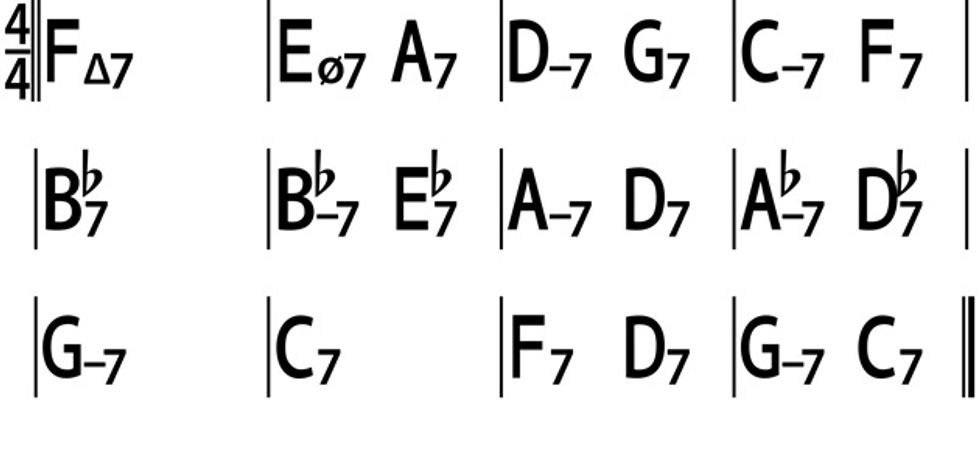


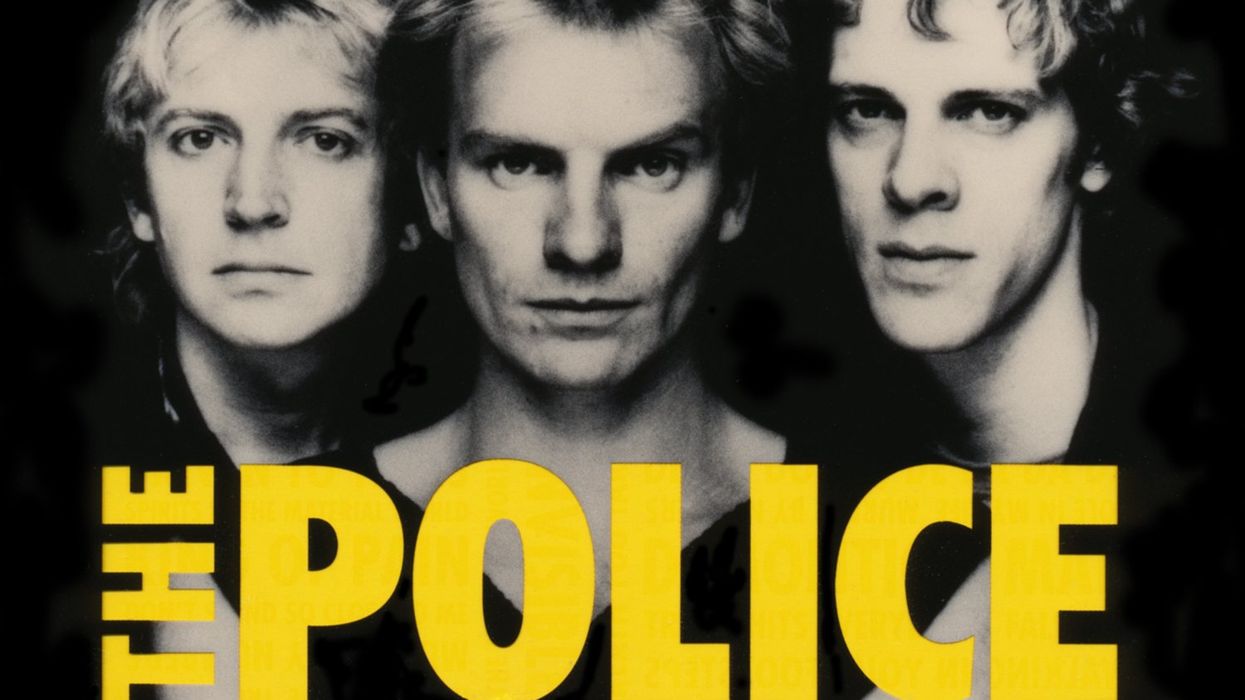
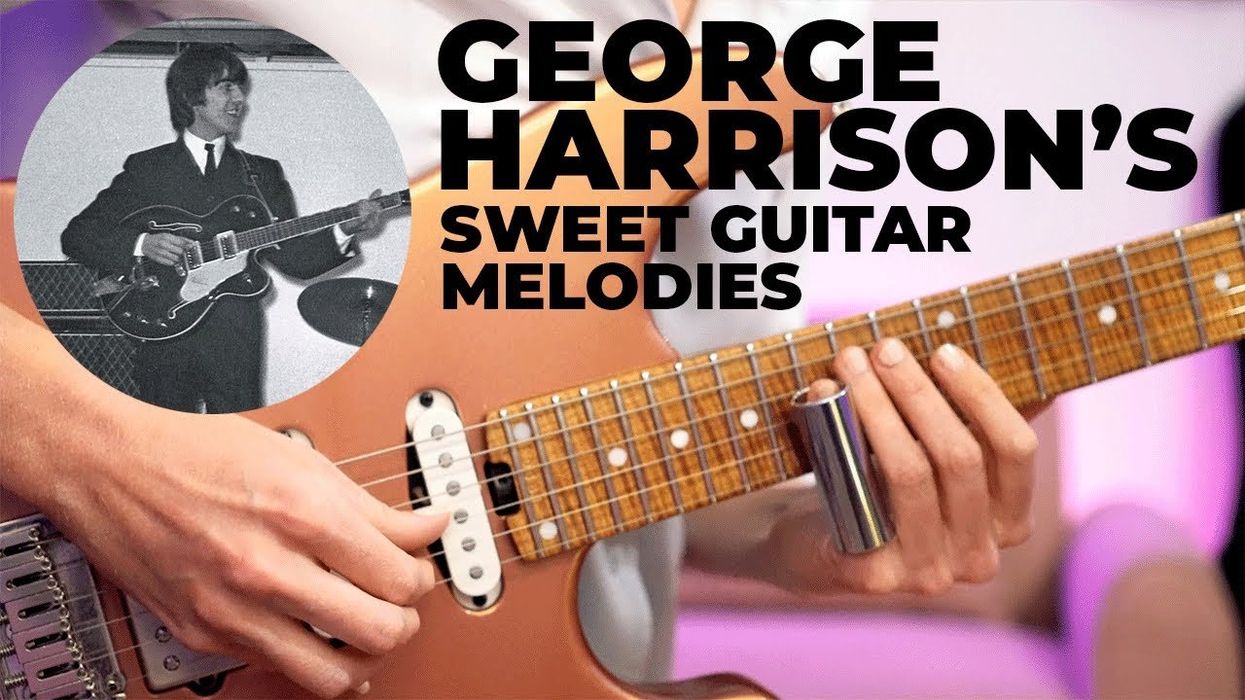




![Rig Rundown: Russian Circles’ Mike Sullivan [2025]](https://www.premierguitar.com/media-library/youtube.jpg?id=62303631&width=1245&height=700&quality=70&coordinates=0%2C0%2C0%2C0)



